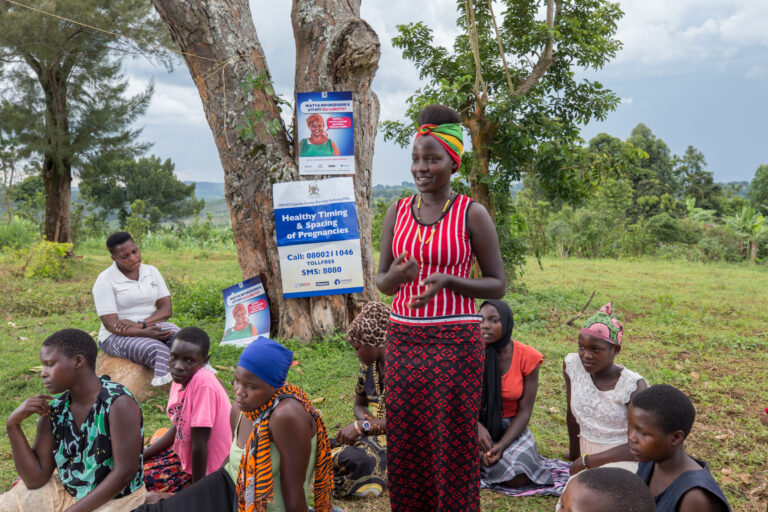UNCTAD calls for stronger carbon market access for least developed countries

A new report by the United Nations Conference on Trade and Development (UNCTAD) underscores the untapped potential of carbon markets to support sustainable development in the world’s least developed countries (LDCs).
UNCTAD is calling for stronger national frameworks and increased international support to enable these nations to harness the full benefits of carbon markets in their fight against climate change.
While carbon markets offer significant promise, they have so far delivered only limited financial returns to LDCs in their sustainable development efforts, according to the report released on Monday.
UNCTAD argues that stricter national regulations and tailored legal frameworks could help LDCs leverage carbon markets more effectively and contribute meaningfully to global emissions reduction goals.
LDCs were among the first to engage in carbon markets, but their involvement remains limited by structural challenges, including small economies, inadequate infrastructure, and a lack of technology and institutional capacity.
These barriers reduce both their contributions and potential revenues from carbon credits, which are seen as vital in the global push to combat climate change.
In 2023, carbon credits from LDCs were valued at around $403 million—a small share compared to other financial sources like development aid or foreign investments.
This amount falls far short of the $1 trillion LDCs need annually to achieve their development goals by 2030.
Geographic Concentration and Participation Hurdles
Carbon market access for LDCs is largely limited to just a few countries.
Currently, six nations—Bangladesh, Cambodia, the Democratic Republic of Congo, Malawi, Uganda, and Zambia—generate over 75% of the carbon credits from LDCs on voluntary markets and 80% under the Kyoto Protocol’s Clean Development Mechanism (CDM).
This geographic concentration highlights the unexploited potential in other LDCs that could benefit from carbon credit projects, thereby diversifying their income sources and participating more actively in global climate efforts.
However, case studies reveal that the associated benefits, such as technology transfer, education, and community development, remain uncertain and sometimes minimal.
Promising Sectors for Climate Action
UNCTAD’s report identifies forestry, agriculture, and renewable energy as promising sectors for LDCs that could generate substantial carbon credits.
These sectors have the potential to offset up to 70% of the aviation industry’s CO₂ emissions in 2019.
However, to realize this potential, experts estimate that carbon prices would need to reach $100 per tonne to make land-based projects profitable. Currently, LDCs achieve only about 2% of this potential.
In light of these findings, UNCTAD has put forth several recommendations to help LDCs benefit more from carbon markets.
The organization first advocates for strengthened national regulatory frameworks to ensure that carbon projects deliver direct benefits to local communities.
Additionally, UNCTAD calls for increased international support, particularly through South-South cooperation and partnerships to build technical capacity within LDCs.
The agency also urges the inclusion of supportive frameworks in global climate agreements to integrate carbon markets into broader economic development strategies.
Such support, UNCTAD argues, would enable LDCs to play an active role in the global climate transition while benefiting economically from carbon markets.
About The Author
dailymailafric
I am an avid African news observer, and an active member of Daily Mail Africa.
I’m Passionate about staying informed on diverse topics across the continent,
I actively contribute to publishing on political, economic and cultural developments in Africa.



